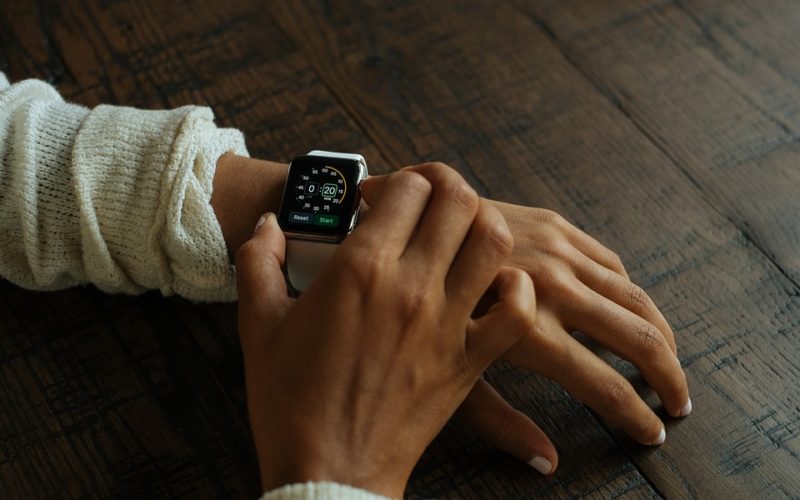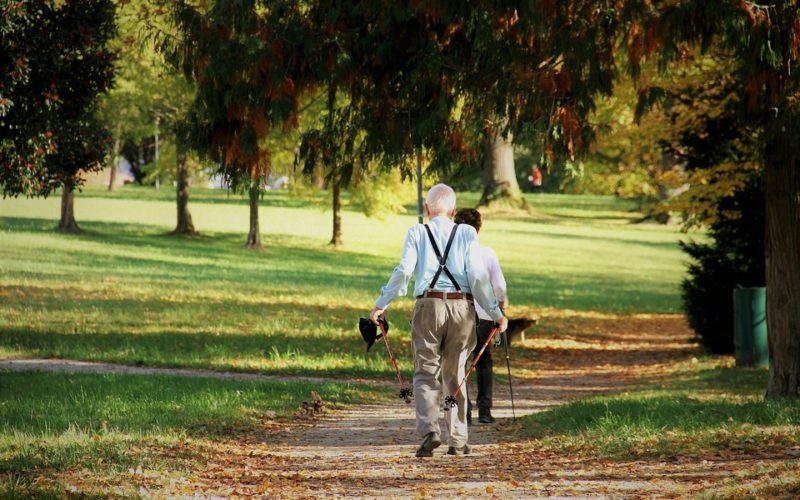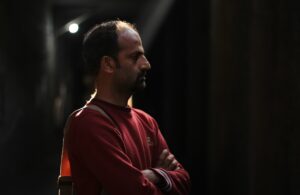Living with hearing loss can increase feelings of isolation and inactivity. For many individuals, the challenges extend beyond the physical inability to detect sounds. A common struggle is the lack of confidence that develops over time, particularly when engaging in social or physical activities like going to the gym or taking outdoor walks.
The fear of not being able to communicate effectively in noisy environments or the concern of not hearing oncoming traffic can significantly hinder someone’s willingness to engage in these otherwise healthy behaviours. Over time, this inactivity can contribute to declining physical health as a result of insufficient exercise and limited movement.
Difficulty concentrating
Another factor exacerbating the loneliness experienced by individuals with hearing loss is tinnitus, a condition often described as a persistent ringing or buzzing sound in the ears. Tinnitus can be distressing and, in some cases, lead to disrupted sleep, difficulty concentrating, and heightened anxiety or depression.
The constant noise within their ears can make it harder for individuals to focus on conversations or enjoy quiet moments, further isolating them from the world around them. Managing tinnitus often requires a multifaceted approach, potentially including sound therapy, cognitive behavioural therapy, or professional interventions to address underlying causes.
Make a substantial difference
One often overlooked contributor to hearing issues and the resultant sense of isolation is ear wax build-up. Blockages caused by excessive ear wax can lead to temporary hearing loss, exacerbating feelings of disconnection from social interactions or daily activities. Fortunately, ear wax removal can make a substantial difference in restoring hearing clarity and improving confidence.
Various techniques such as microsuction present a safer, more effective way of removing ear wax with precision, especially when compared to older methods like ear syringing, which is less commonly recommended today due to potential risks.
A pain free process
Microsuction, in particular, has gained popularity as one of the safest and most reliable methods for removing ear wax. This procedure uses gentle suction to extract wax while being guided by a microscope for safety and accuracy.
It’s a quick and pain free process that can almost instantly improve hearing ability and, consequently, the quality of life for someone who has been struggling with blockages. Restoring even partial hearing can empower individuals to participate more freely in conversations and social settings, reducing feelings of isolation.
A higher risk of discomfort
On the other hand, traditional ear syringing, while still offered in some settings, is now considered outdated. This method involves flushing the ear canal with water to dislodge and remove wax.
Though effective in certain cases, ear syringing carries a higher risk of discomfort, ear infection, or even damage to the eardrum, particularly if not performed correctly. For individuals with hearing loss or a history of ear problems, consulting a hearing care professional about more modern techniques, like microsuction, is often a better choice.
Facilitating clearer communication
It’s vital to emphasize that early intervention can alleviate many of the challenges associated with hearing loss. Regular hearing assessments, professional ear care, and specialised treatments for conditions like tinnitus can all contribute to improving a person’s ability to engage with the world.
Hearing aids, along with other assistive devices, can also play a pivotal role in boosting confidence levels by facilitating clearer communication in both social and physical settings. This newfound confidence can encourage individuals to take up regular exercise, whether it be a gentle walk through a neighbourhood park or an energising gym session.
Seeking professional guidance
Hearing loss and its related complications remind us of the intricate link between our physical and mental well-being. Confidence, social participation, and physical activity work hand in hand, and addressing hearing loss through solutions such as wax removal via microsuction, managing tinnitus, or seeking professional guidance can rebuild these essential connections. By fostering awareness and encouraging timely care, we can ensure that individuals affected by hearing impairment regain not only their hearing but also their sense of belonging in the vibrant tapestry of daily life.



















